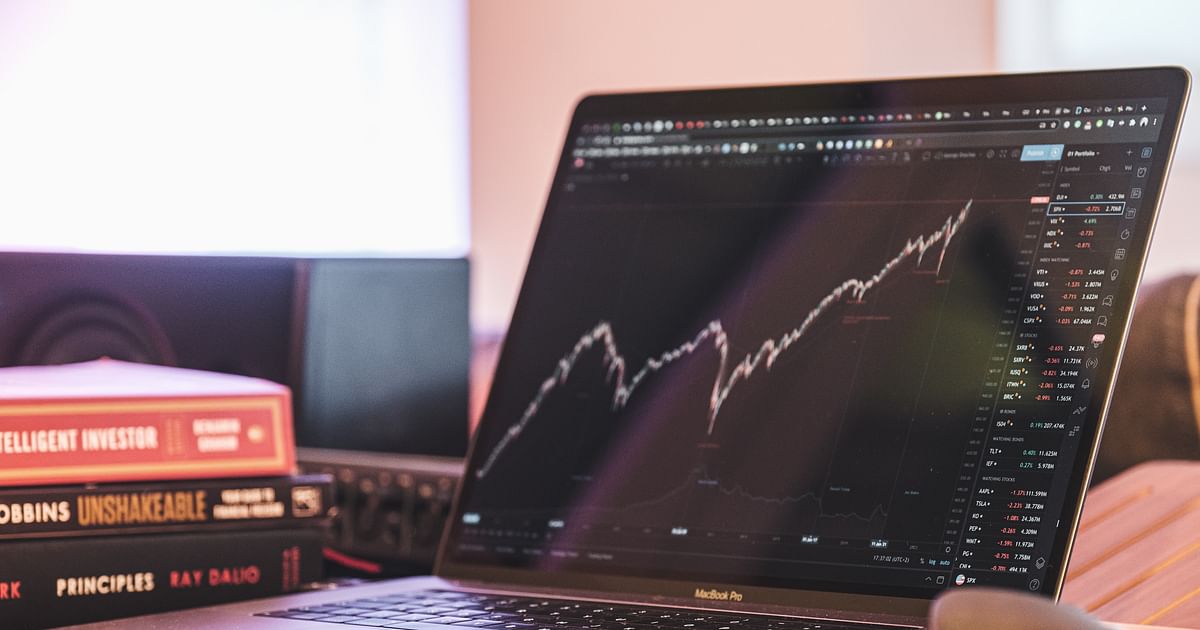[ad_1]
Get Back Or Wait And Watch!
If you chase the rally, you may face the risk. If you don’t, you may miss out. This dilemma is not new. It keeps coming up in every phase of the market.
In the bull run, greed blinds; and in the bear phase, fear drives investors away. This is common and natural to most investors.
One way of beating this problem is to keep doing SIPs in mutual funds over a period of time. But that’s a different story, well told over and over again.
But for retail investors, it’s a matter of missed opportunities vs messed-up investments.
We present views and strategies suggested by a team of experts. Since it’s a here-and-now question, most experts we interviewed are using charts to help navigate the current market scenario.
Veteran market expert Deven Choksey prefers a disciplined approach as opposed to chasing the rally.
“India is a structural bull story. Backed by GDP growth of 7.5%, promises to be a $5 trillion economy in 4-5 years and 15-20% average growth in corporate earnings by India Inc., it is attracting FPI and domestic investors in every dip, every price correction in markets. Our approach is selective and we do disciplined buying during corrections.”
Caution is the watch-word for Abhijit Phatak, head of marketing and business development at Definedge Solutions. “Markets have run up too fast, and fresh longs at these levels can be risky; it is always better to book partial profits.’’
He doesn’t see much upside: “Nifty can rise till 18,000-18,100, but going beyond that in this leg might be difficult.’’ Fresh investments are not advisable, he says.
Chandan Taparia and Rohit Srivastava bring in charts to help investors navigate while Gurmeet Chadha focuses on a disciplined, long-term approach to investing. He lists the fundamental risks to the market emanating mainly from geopolitical developments.
As pointed out by Gautam Shah in an interview, this is a unique bear market and the risk-reward has to be weighed if one wants to get in at this stage. He suggests looking outside the Nifty or the Nifty Bank to be able to make money.
But Mayuresh Joshi has a different take. He doesn’t see much risk at this stage. “Currently, the risk to the market rally is very low. We track the risk or weakness in the market with the help of distribution days. We count a distribution day when the market falls by more than 0.2% on volumes higher than the previous day. The emphasis during fall is on volumes i.e. if strong hands such as institutional investors are exiting the market or not.”
According to him, currently, the Nifty looks well-placed trading above its 50-DMA and 200-DMA, though it is still to reclaim its previous highs. “Overhead supply near previous highs can make the market a little jittery but till the point in time, market stays above its 200-DMA and 50-DMA and distribution day count on the market remains low, the rally is likely to continue.’’
However, Joshi lists the risks: “Global macros, such as recession in major developed markets or elevated commodity prices or geopolitical shocks, can create jitters in global equity markets. Having a set of rules is very important and don’t let emotions drain your investments.’’
This again will be measured by distribution days, which could point to a downward pressure. In which case, “it’s better to protect capital rather than bottom fish and getting our hands burned with falling knives’’, he said.
If one wants to continue to invest as markets are in confirmed uptrend then “you should look at stocks that satisfy most of the CANSLIM parameters’’, he points out.
CANSLIM stands for current and annual quarterly earnings, new products/services, supply-demand, leaders/laggards, institutional ownership and market direction.
The most important question–how much to invest. Joshi sums it up well: “…that will depend on one’s risk tolerance levels and one should not invest all at once and should follow a pyramiding strategy i.e. increase allocation as the stock moves higher.’’
The risks and opportunities will continue to play out. How an investor navigates depends on individual risk-taking ability, cash surplus and investment duration, besides research. For those who don’t have time/required skills, mutual funds are a way out.
[ad_2]
Image and article originally from www.bqprime.com. Read the original article here.

